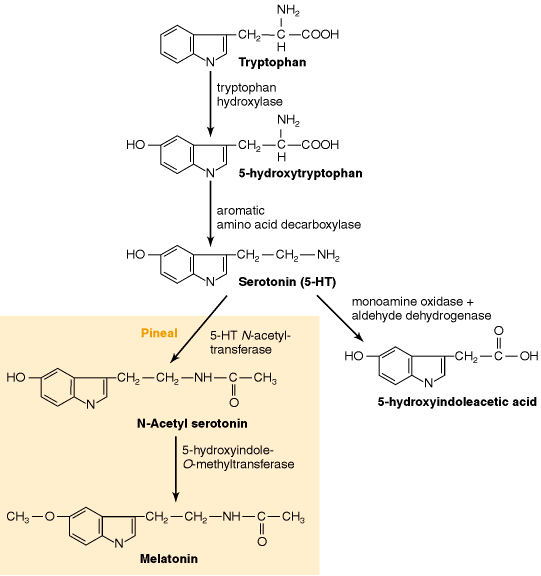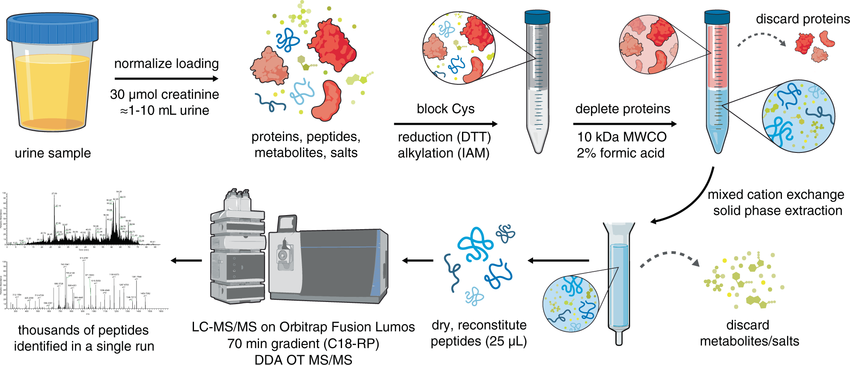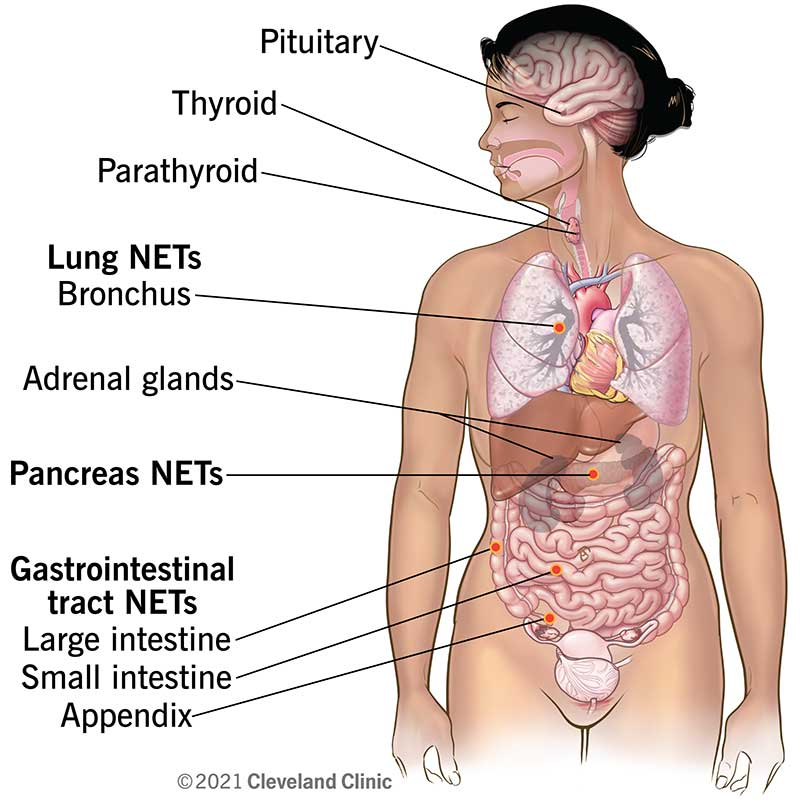Start writing here...
Introduction
LC-MS is a masterful marriage of two analytical techniques. Liquid Chromatography (LC) acts as the separator, meticulously dividing a mixture into its individual components based on their unique chemical properties. Imagine a group of runners, each with varying speeds. LC acts like a race, separating the runners based on their finishing times.
Once separated, these components enter the realm of Mass Spectrometry (MS). Here, MS takes center stage, identifying each component by its mass-to-charge ratio (m/z), a unique fingerprint. Think of MS as assigning a specific identification number to each runner based on their weight and running shoes (mass and charge
5-Hydroxyindoleacetic acid (5-HIAA)
5-Hydroxyindoleacetic acid (5-HIAA) is a metabolite of serotonin, a neurotransmitter involved in mood, sleep regulation, and gastrointestinal function [1]. Measuring urinary 5-HIAA concentration serves as a valuable tool for diagnosing and managing neuroendocrine tumors (NETs) that secrete serotonin [2]. This article explores the biochemical basis of 5-HIAA measurement in urine, its clinical utility in the context of NETs, and limitations associated with its use.
Biochemical Significance
Serotonin is synthesized from the essential amino acid tryptophan in enterochromaffin (EC) cells located throughout the gastrointestinal tract and in central nervous system (CNS) neurons. The majority of circulating serotonin originates from the gut, with the remainder produced in the brainstem. Following its biological action, serotonin is metabolized primarily in the liver by monoamine oxidase (MAO) to 5-hydroxytryptophan (5-HTP). Subsequently, 5-HTP is converted to 5-HIAA by aldehyde dehydrogenase. 5-HIAA is then excreted in the urine, with minor amounts eliminated through feces.
Clinical Utility in NET Diagnosis
Carcinoid tumors are a type of NET that can arise from various locations within the neuroendocrine system, most commonly the gastrointestinal tract and lungs. These tumors have the potential to produce excessive amounts of serotonin, leading to a significant increase in urinary 5-HIAA excretion. Measuring 5-HIAA levels in a 24-hour urine collection is a non-invasive and sensitive screening tool for carcinoid tumors. Elevated urinary 5-HIAA concentrations often correlate with the tumor burden and can be used to monitor treatment response and detect tumor recurrence.
Clinical Use of Biomarkers
Measuring 5-HIAA helps screen for NETs. If these levels are abnormal, further investigation with imaging tests and other analyses may be needed for diagnosis. Additionally, monitoring these biomarkers over time can be used to assess treatment effectiveness and detect tumor recurrence.
Limitations of Biomarkers
Diet and certain medications can affect the levels of 5-HIAA in urine, potentially leading to false-positive results. Conversely, some NETs may not produce significant amounts of catecholamines or serotonin, leading to false-negative results. A comprehensive clinical evaluation, along with biomarker testing, is essential for accurate NET diagnosis.

